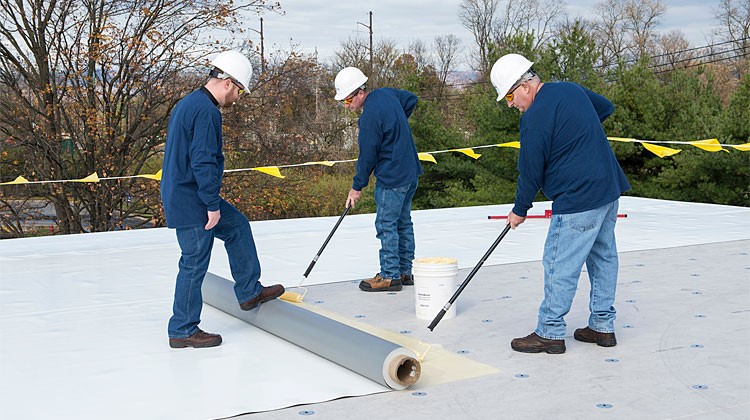Is the right kind of roofing a necessity or an aesthetic addition? The right answer to the question is that it should be able to satisfy both these conditions. For instance, corrugated metal roofing guards the house against the elements apart from the innumerable other benefits.
Regarding the types, there are many, including:
- Steel
- Wood
- Copper
- Aluminium, etc
The number of new homes in Australia is only going to increase in the coming years. 12 million is the projected figure for the year 2036. And which element will play a vital role in all these projects? The right roof.
Metal roofing: Benefits
Metals are mostly preferred as they are durable, light-weight, and convenient. An added benefit is their reusability. They protect from hail damage, fires, and wind uplift.
They are fortunately environment-friendly. It is easy to recycle them, and one can save on energy expenses. They reflect the sunlight, and it essentially lowers cooling costs. It provides added protection from cracking, curling, mildew, and splits.
Quick Highlights:
Offers Fire Protection:
These roofing supplies have to clear strict quality testing and clear fire ratings.
Aesthetically pleasing:
Metal roofing can be host to a variety of colours and coatings. The possibilities of colour choices are endless. They can adapt to patterns and a range of functional profiles. Corrugated metal roofing especially has a structure that stands apart from the rest. It gives the architects the wiggle room to experiment.
Light and Durable:
This is one of the more attractive benefits. Consider this. Even a corrugated metal roof that measures around 100 sq. ft. But the weight would only be between .80-100 pounds.
Metal roofing is therefore ideal for retrofit projects because of its low weight.
Versatility:
One can make changes to it to make it adapt to any function and purpose. Residential buildings, industrial properties can use it to suit their needs. Polycarbonate, corrugated, galvalume, and fibreglass are some of the cost-effective options.
They have low maintenance, which is a significant factor behind purchasing decisions. It can last well up to 50 years. Apart from saving energy, the material is also sustainable.
Reflexivity:
Installing metal roofing can help the user save up to 45% in energy expenses. Emissive roofs have been shown to reduce the air temperature in cities, sometimes even up to 12F.
Metals used in roofing: Some of the types
Steel:
It can easily take the title of the most popular option. It is studier and lasts longer than aluminium. A range of roofing materials come under this category as most of them are alloys and are a combination of metals. The primary gauges of roofing include G-60 and G-90. The second one is comparatively thin and is a cost-effective option. It is generally used in low-end ribbed or corrugated roofing.
Aluminium:
It is also soft and weighs less. However, it is more prone to denting and other kinds of damage. It is more vulnerable than steel and is not as sturdy either.
Aluminium is also prone to corrosion and rusting. Steel may also rust sooner if the finish is compromised. Aluminium is made to resemble steel in most cases, and it is given that coating. It is suitable for use in coastal areas where buildings have higher chances of moisture exposure.
Australian patrons of eco-friendly measures do not support using aluminium roofing as it incurs enormous energy costs. It is better if one exchanges their old aluminium roofs for the more recent steel variants.
Stainless steel and copper are some of the other options. The latter has been widely in use for centuries.
No matter what kind of roof one chooses, they are a needed investment. So choose wisely.

